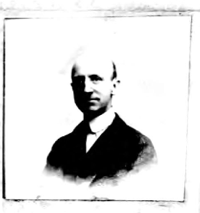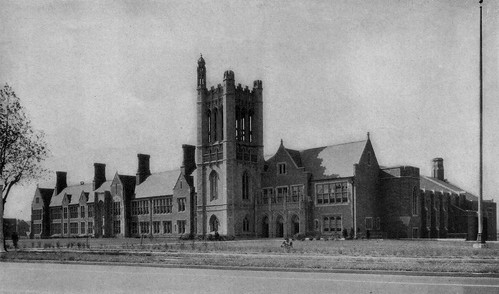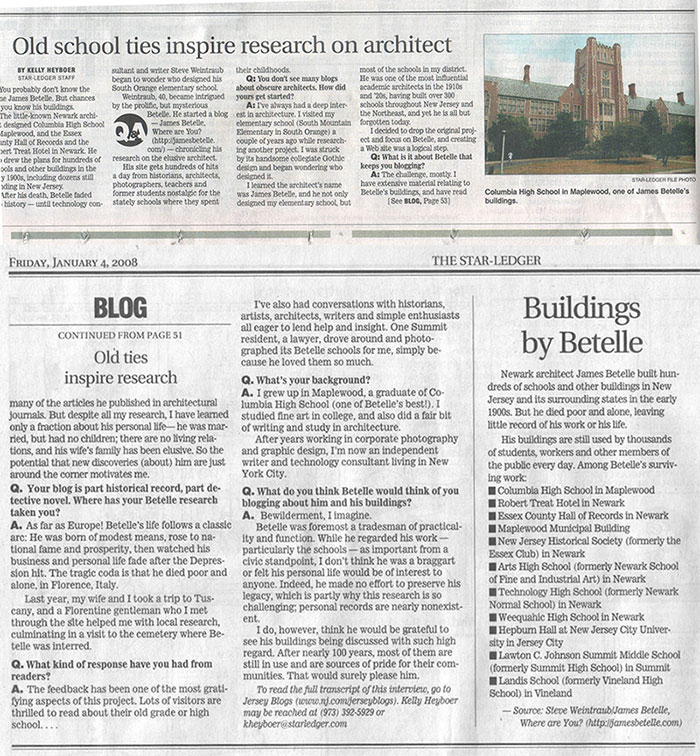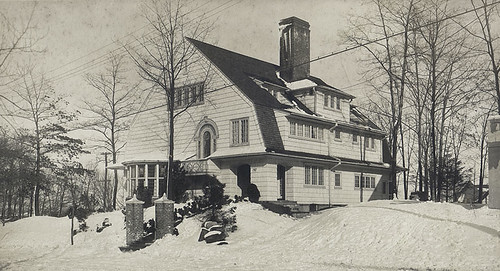
 John Wesley Betelle was born, lived and died in Delaware. Spending most of his life as a clerk for the B&O Railroad in Wilmington, I suspect he traveled very little, if he left the state at all.
John Wesley Betelle was born, lived and died in Delaware. Spending most of his life as a clerk for the B&O Railroad in Wilmington, I suspect he traveled very little, if he left the state at all.
1921 was a big year for his son James. Between Guilbert’s death in 1916 and a stint in the US Army through 1918, his business had suffered greatly. But in 1919 he began cultivating work again, the biggest being a contract to design over 100 rural schoolhouses for Delaware. By 1920, he was designing schools in the New Jersey suburbs, including towns like South Orange, East Orange and Summit.
So it was that on March 23, 1921, James treated his father to a “pleasure cruise thru the West Indies, stopping at Cuba, Panama, Venezuela, Trinidad and Martinique” aboard the SS Megantic. It wasn’t James’ first ocean voyage—he had been to Europe a number of times already—but for the senior Betelle, it was likely a once-in-a-lifetime adventure, perhaps as a 75th birthday gift. With the architecture firm gaining success, Betelle could well afford it.
That I have this information is due to a number of recent releases of millions of ship manifests and passport records at Ancestry.com. It was in these records that I discovered not only this (and other) ocean voyages of Betelle, but also two new photographs. One is of the 42 year-old architect, and on his own passport form, that of his father, 75. Clearly the bald gene didn’t skip a generation in this family.




 John Wesley Betelle was born, lived and died in Delaware. Spending most of his life as a clerk for the B&O Railroad in Wilmington, I suspect he traveled very little, if he left the state at all.
John Wesley Betelle was born, lived and died in Delaware. Spending most of his life as a clerk for the B&O Railroad in Wilmington, I suspect he traveled very little, if he left the state at all.